![]() December 20, 2023
December 20, 2023
![]() 952
952
![]() 0
0
Bhimbetka Cave Paintings, located in central India, boasts ancient rock art dating back to the Upper Paleolithic period. These prehistoric paintings, found on cave walls and rock shelters, depict vivid scenes of daily life, wildlife, and rituals. The art at Bhimbetka Cave Paintings offers invaluable insights into the rich cultural heritage of early human societies.
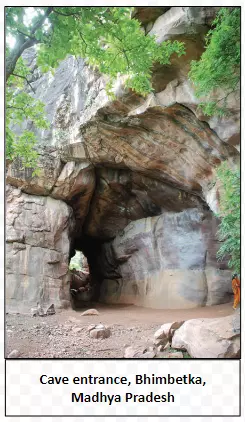
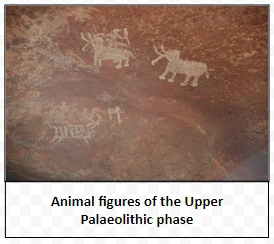
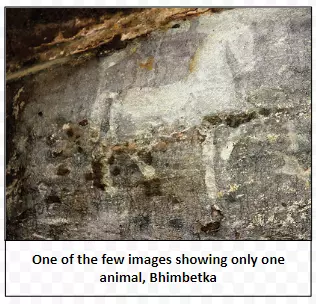
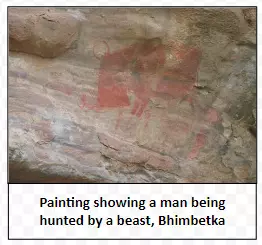
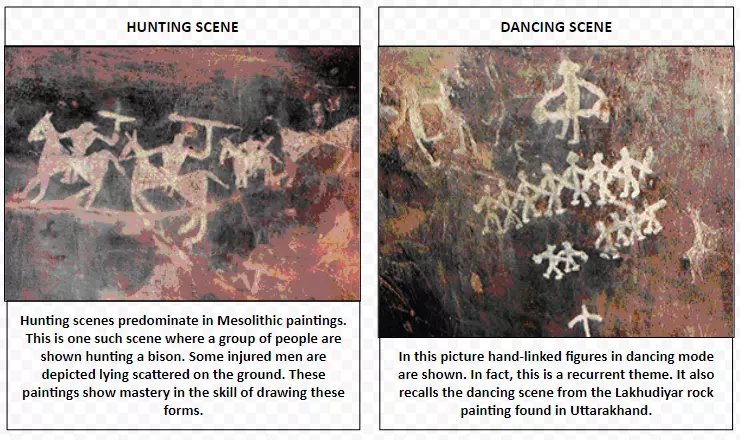
Painting on Rocks
This practice of painting is common among primitive people of today also. They engrave or paint on rocks as part of the rituals they perform at birth, at death, at coming of age and at the time of marriage. They dance, masked, during hunting rites to help them kill animals difficult to find or kill
<div class="new-fform">
</div>
Latest Comments